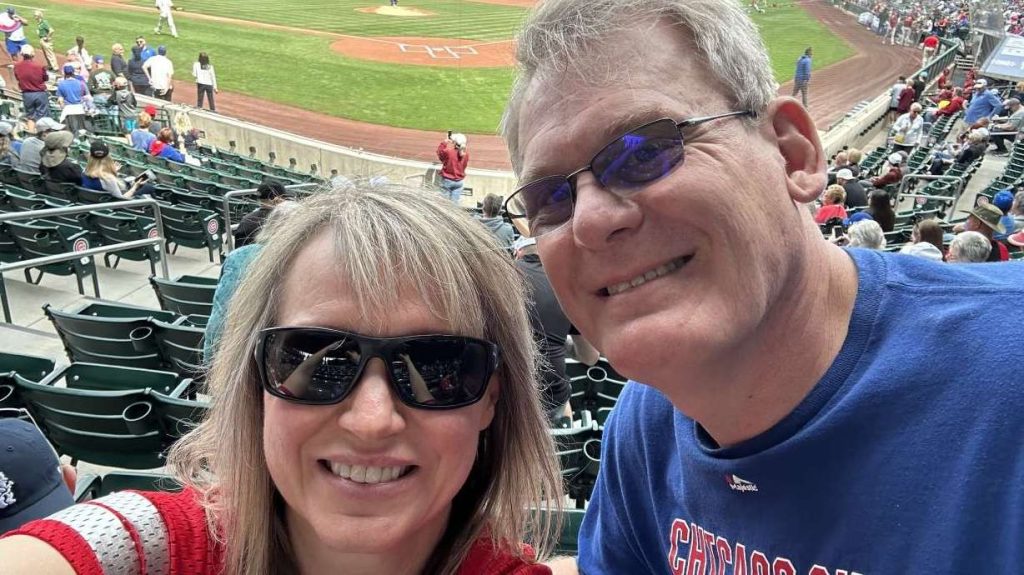MURRAY — KC Seely and his wife, Dani Seely, were getting ready to go to the gym one morning when they started feeling unwell.
“I bent down to pick up my shoes and I got really dizzy so I thought, ‘I better sit down for a second,'” KC Seely said.
Dani Seeley noticed her husband’s arms were shaking and thought he was just tired and “having trouble sleeping,” but Dani Seeley was adamant. “I said, ‘Yes, you have to go to the hospital. Something’s wrong.'”
She said a stroke hadn’t occurred to her husband because he didn’t have the “classic” symptoms, such as a drooping face, but she knew time was of the essence.
“The whole way there I was saying, ‘Don’t keep me waiting,'” she recalled.
Upon arriving at Intermountain Medical Center in Murray, KC Seely had problems with his vision. Hospital staff immediately began treatment and KC Seely was given a clot-dissolving drug called tissue plasminogen activator.
“Immediately after the first treatment, my motor function returned,” he said.
“We want to get this clot-dissolving drug into the veins of someone who’s had a stroke as quickly as possible,” says Dr. Kathleen McKee, a neurologist at Intermountain Health. “Every minute and every second that goes by that brain cells don’t get oxygen, some cells die, so five minutes can make the difference of hundreds of thousands of brain cells.”
McKee and other researchers are implementing system-wide stroke protocols focused on timely care. They’ve worked with Intermountain Hospital to tailor each protocol to the local environment and community, potentially allowing scans to be performed before patients even get changed into a hospital gown, saving valuable time.
The survey found that some hospitals saw improvement in response times of more than 20 minutes.
“Previously, patients might have had to wait in the waiting room for a while, but now all reception staff are trained to know the signs of a stroke and the person receiving them at the emergency room will be alerted if there are any symptoms that could be a stroke,” she said.
McKee said strokes can occur in different parts of the brain, so they can cause a variety of symptoms.
Remember the acronym “BE FAST”.
B: Do you have balance problems?
E: Are you experiencing eye problems such as vision loss?
F: Is one side of your face drooping?
A: Have you experienced weakness or numbness in your arms?
S: Slurred speech?
T: Time to act.
If you experience any of these symptoms, see a doctor immediately.

“If you go to the emergency room as soon as you have a stroke, we can remove the blood clot in your brain and you’ll be able to walk out the same way you walked in the emergency room,” McKee said.
The Seeleys are grateful for the quick response and urge people not to ignore the signs if something seems wrong.
“If there’s something wrong with yourself, there’s a reason for it,” says KC Seely.


